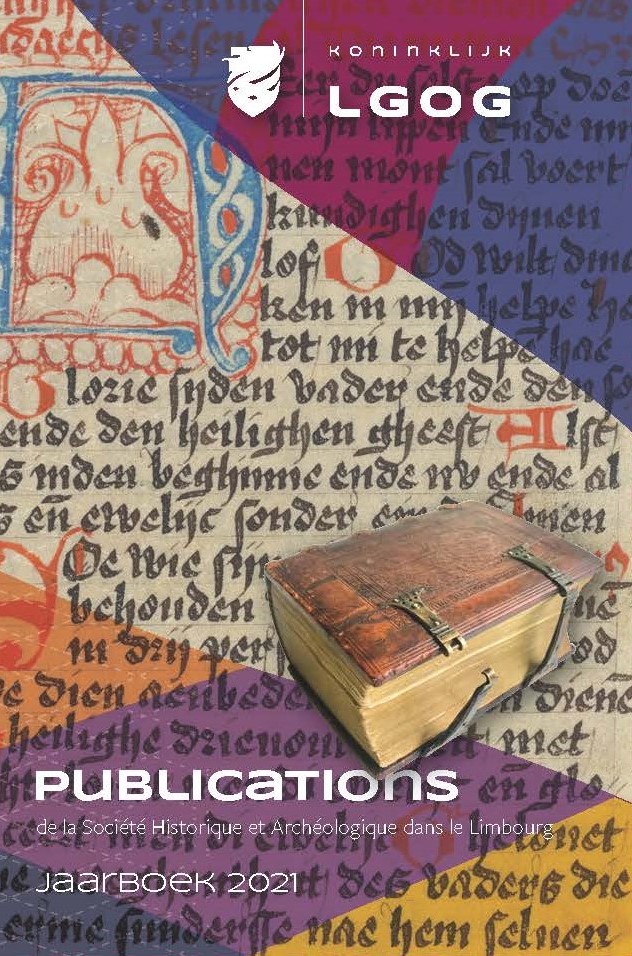Midden in Coriovallum
Nieuwe informatie over de laat-Romeinse verdediging en een monumentaal gebouw in Romeins Heerlen
Samenvatting
During canalisation workings on the Tempssquare (Tempsplein) in Heerlen in 2016, only 50 meters southeast of the famous bathhouse, some interesting archeological reseach was carried out. Because of archeological findings in the 1940’s it was expected to find some remains of walls, pottery kilns, Roman roads, and a late Roman defending ditch.
Despite some destructions by older canalisations many remains appeared to be preserved very well, and some of them held remarkable surprises too. In the south of the square an almost completely conserved kiln was dug, which can now be seen in the Thermenmuseum. Especially interesting was the partly preserved dome of the kiln, because these used to stick out of the (former) ground level, which is normally never kept intact. The reason for this extraordinary find is that the area was already been raised with extra soil layers in the Roman age. Two other kilns dated around 40/50 after Christ, which proves that the production of pottery started one generation earlier in Heerlen as was known up till now.
The most important results were found in the northern part of the square, where the late Roman defending system could be studied in detail. At least three phases of the late Roman ditch were found, as well as a Roman road on the outside and a wood-earth wall construction on the inside. At the west side of the square the two youngest ditches surprisingly deflect to the north to form a clavicula: a strategic placed curve in the ditch at the entrance, for a better defence. The oldest ditch, as a matter of fact, is only found because of this clavicula. The discovery of a wood-earth wall construction was a surprise as well.
The construction had at least two different construction phases. In the youngest phase the construction consisted of two parallel foundation ditches at 3,20 meters of each other. An exact dating of the different phases of the late Roman defence system is difficult. The start cannot be dated more accurately as not before the end of the second century. In fact, only the end of everything is clear: both ditch and wallconstruction get out of use in the last quarter of the fourth century or the very beginning of the fifth century.
Another remarkable find comes from the northeast of the square, where massive remains of a building were found. The extreme heaviness of these foundations as well as a very elegant column drum in its debris point to a monument building of a certain grandeur, perhaps a temple. The exact date and function of the building stay unknown, however.
Downloads
Downloads
Gepubliceerd
Nummer
Sectie
Licentie
Copyright (c) 2024 Gerard Tichelman

Dit werk wordt verdeeld onder een Naamsvermelding 4.0 Internationaal licentie.
Auteurs behouden het volledige auteursrecht op hun werk en verlenen het tijdschrift het recht van eerste publicatie. Artikelen worden verspreid onder de voorwaarden van de Creative Commons Naamsvermelding 4.0 Internationaal (CC BY 4.0).



